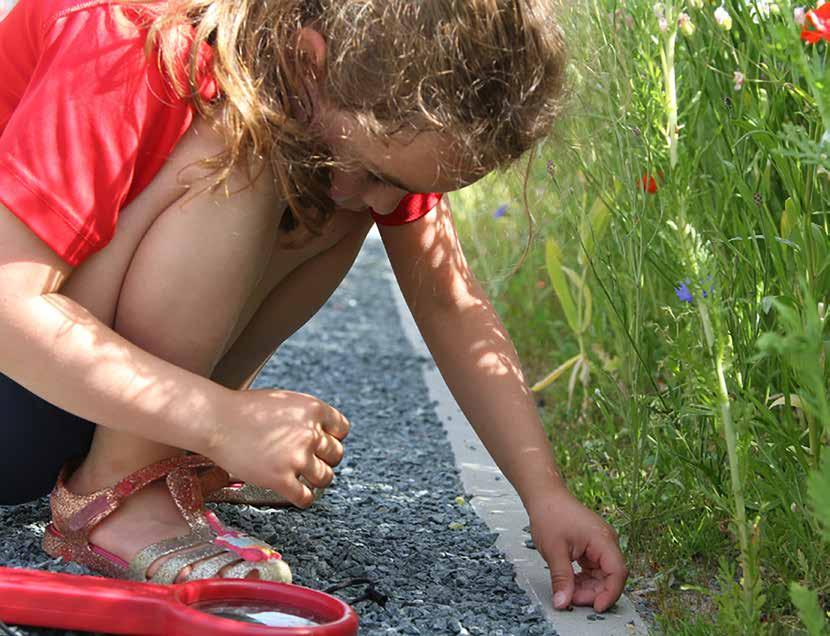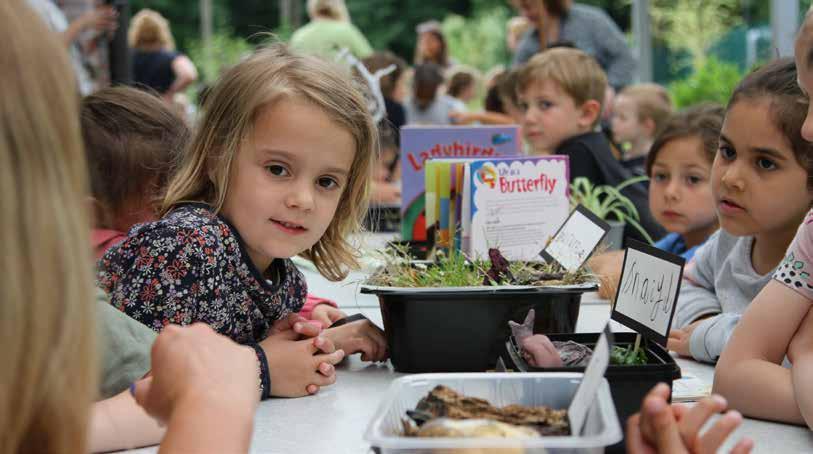
3 minute read
The Great Outdoors
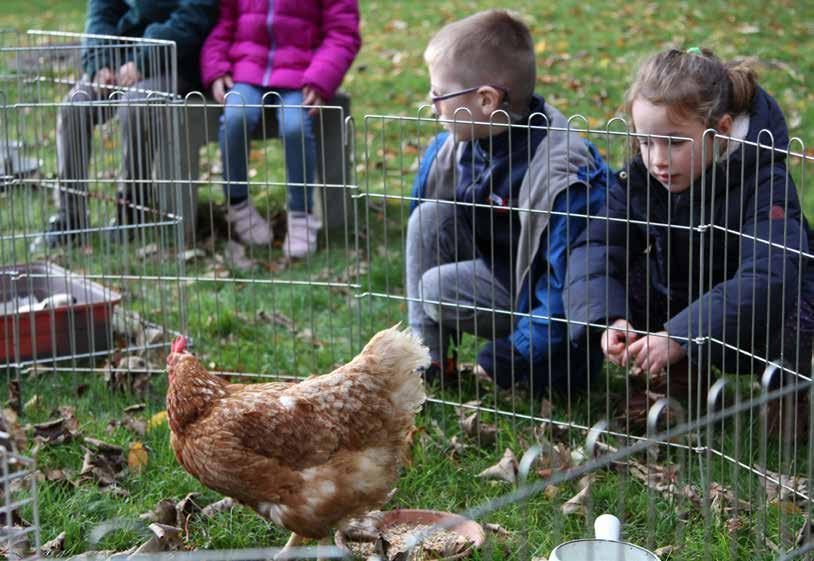
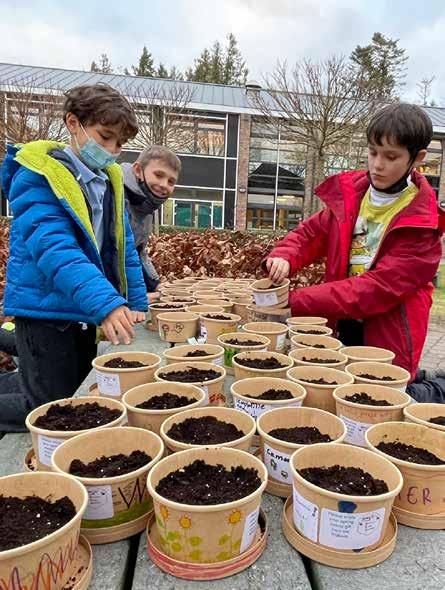
Advertisement
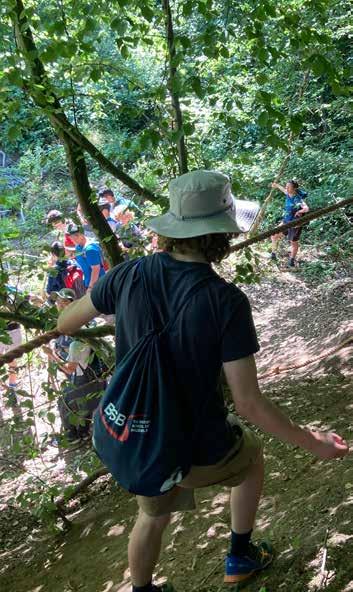
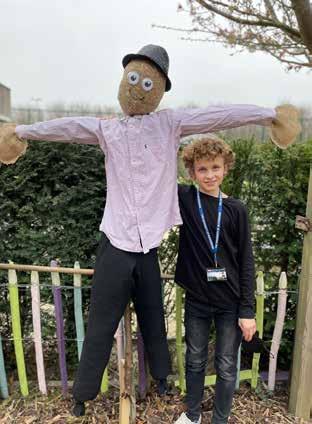
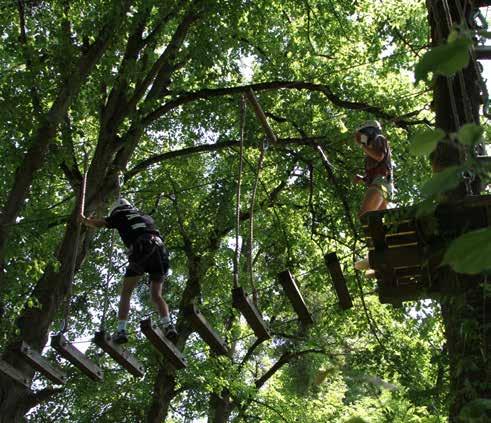
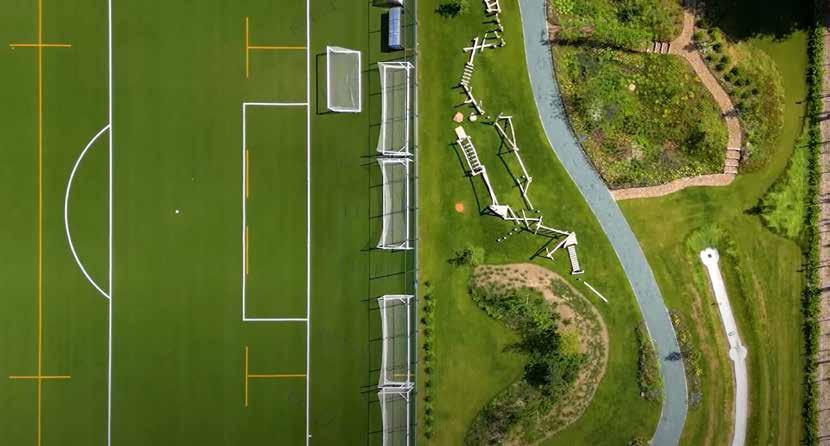
Campus development at BSB
In April 2021, BSB’s Board of Governors approved an ambitious, exciting, and optimistic masterplan for the future development of the school campus. The first phases envisioned in the plan are a new cafeteria and significant improvements to the accommodation for our Early Childhood Centre (ECC) and the Tintin building. The most significant parts of the plan referred to the development of the outdoor facilities at BSB.
As part of the school’s commitment to outdoor learning, the outdoor space next to the new sports pitches was designated as a future green zone, a more natural space with plenty of opportunity for adventurous play in nature. This would complement beautifully the other green areas on the campus. Ideas for what the new area would contain and could look like were submitted by students from across the whole school, from Early Years to Post 16. Directly related to this planned long-term investment in the improvement of the BSB estate the Board also decided to sell the Bijlkensveld Fields in Tervuren. With the completion of the Sports Pitches on campus, the school no longer required the Bijlkensveld Fields for curriculum activity. The Board’s intention was to invest all proceeds from the sale in the planned improvements to the learning environment and opportunities for students. “Part of the reason BSB continues to be successful is that we always looking forward – asking ourselves questions such as what will our students need in the future? What are the challenges and opportunities and how can we make our dreams reality for the next generation?” says Melanie Warnes, BSB Principal. “We know that the environment within which we live and learn is really important. We have a wonderful campus in a beautiful setting, but we know that we must continue to invest in the development of the highest quality in order to ensure that current and future students enjoy a great education and healthy lifestyle.”
“There is a fundamental need in all of us to be outside,” says Esther O’Connor, Team Leader in Primary. She points out that there is a strong link between wellbeing and spending time outdoors and, besides this, there is huge scope for children’s development outside the four walls of the classroom, both socially and academically.
“The idea about developing outdoor learning opportunities for all age groups was based on the need for a multipurpose area which would promote physical play and the development of gross motor skills,” said Esther O’Connor. “We have been thinking deeply about how to use the school’s outdoor spaces even more to enhance creativity, risk-taking, teamwork and independent thought.”
As part of a project on the outdoor campus, the Creativity, Action and Service (CAS) group in Global Issues Network (GIN) worked on evaluating student use of the outdoor areas. Interestingly this coincided with the challenging work of the Board of Governors which was at the time also looking at longer term campus development. So, it was really valuable that student involvement could be integrated right from the beginning.
GIN students observed primary play and surveyed students on how they saw outdoor space. The surveys revealed a number of key findings. “Firstly, children play in many different ways, including active sport, structured and unstructured games as well quiet activities,” says Paul Christmas, Department Leader Geography. “There is also lots of learning in play, especially around loose parts and nature. What seemed clear was that the outdoor space didn’t always recognise this or provide the type of space and resources these activities needed.”
Another key finding was the need for more natural space, where students could relax, enjoy quiet time as well as closer intimacy with nature. With this in mind, the Wild Garden emerged, and students and staff were again closely involved, supporting the Leadership, especially in the initial phases.
The garden offers lots of opportunities to play and discover. A wooden play structure, mounds, and landforms to encourage vigorous exploring and exercise, while integrated water features are both a chance
